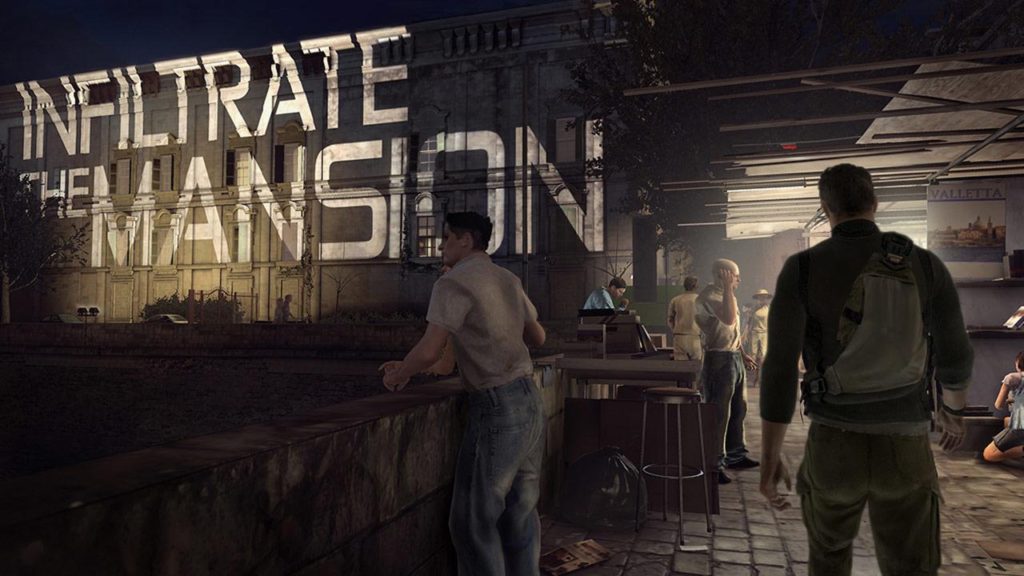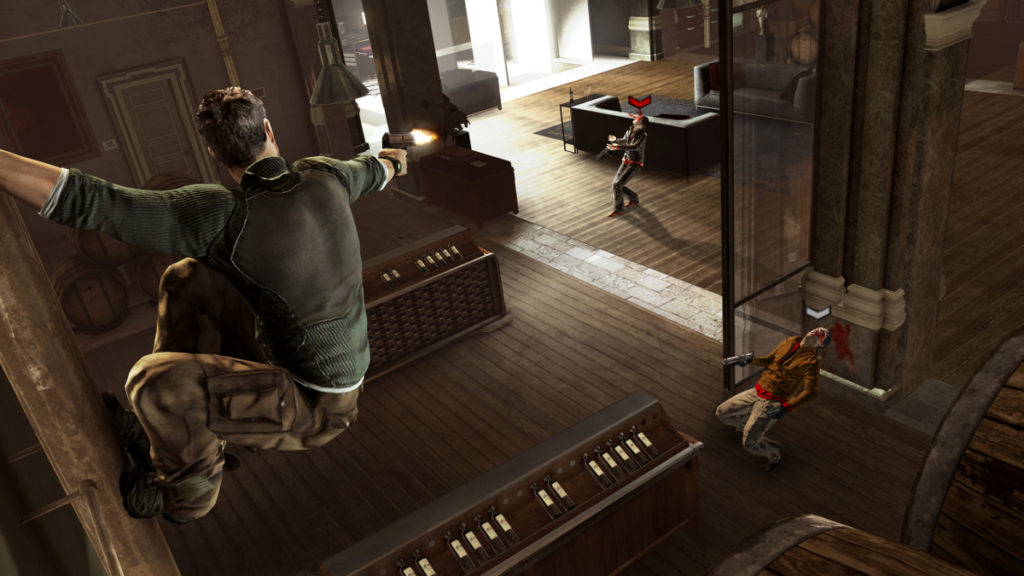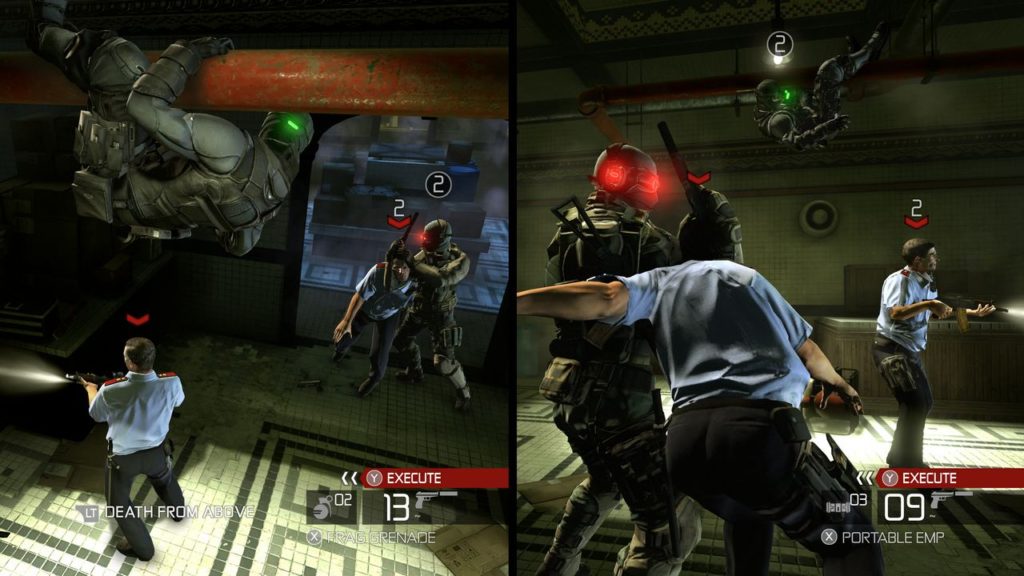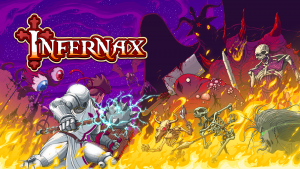
Movies may have Jason Bourne. TV may have Jack Bauer. But games, well they definitely have Sam Fisher. These action giants have many things in common: they’re cool, they’re smart, they have severe unresolved anger issues. But more importantly, if you throw 10 generic henchmen at any one of them, only one pair of legs will be walking away unscathed.
Fisher certainly managed to rack up a fair bodycount throughout the first 4 Splinter Cell console games, even during playthroughs where gamers actively adhered to the focus on stealth and operational invisibility. But in Conviction, it’s no holds barred. As one of Sam’s old war buddies says at the very start of the game; “the Sam Fisher you knew is dead”. No more ‘non-lethal’ takedowns. No more sticky shockers or gas grenades. No more sneaking around enemies to avoid confrontations entirely. It’s kill or be killed, and Sam doesn’t plan on keeling over any time soon.

After Double Agent saw him tackle the most dangerous undercover mission of his career – one that culminated in him being forced to pull the trigger on his best friend and mentor – Sam is now completely off the grid. Tired of being used by Third Echelon to maintain ‘God and Country’ at any cost, Fisher has thrown all former ties and responsibilities away in favour of one singular goal: find the people responsible for his daughter’s death, and get sweet revenge. Obviously, things end up being slightly more complicated than this, with strands of the web of intrigue eventually stretching even to his own former agency.
The story, although certainly exciting, is admittedly rather a short one. About 11 or so missions form a campaign that caps out at about 5-6 hours. That being said, one of the reasons for this is down to the incredibly unique sense of fluidity Ubisoft imbued into the single player narrative experience. There are no loading screens (except after dying), no overly drawn-out cut-scenes, no pre-mission briefs or inventory menus. Instead, cutscenes are presented in-game and transition neatly into actual gameplay. Mission objectives and minor flashbacks are projected onto the environment. Switching out gadgets and weapons, even from replenishment crates, never pauses the action. This immersive campaign moves like a soft breeze; swift, yes, but equally pleasant and refreshing.

As for gameplay, things are a little different this time around. As stated, Sam has thrown caution to the wind, and as a result the classic formula of slow sneaking, clinging to walls, causing careful distractions and the like is a thing of the past. Don’t get the wrong idea, ‘stealth’ is still very much at the forefront of the experience. Hiding in the shadows and cleverly traversing the environment while tactically taking out enemies is still essentially the name of the game. Only now the whole process is far more rapid, not too mention brutal.
There’s no need to spend 5 minutes carefully surveying a room, assessing patrol patterns and traversal routes. There’s no need to slowly creep up behind enemies to take them out, or very carefully aim each bullet or non-lethal projectile. Conviction is about speed, reaction and technical precision. Staying out of sight is as simple as heading to the dark area and holding LT to take cover – where the colour palette switches to a greyscale, noir-like hue that artfully informs the player they are now hidden. From there you can spot enemies easily, tag them to keep track of their movements and move from cover to cover – Gears of War-style – swiftly and with ease.

Rather than carefully planning how to bypass enemy areas without disturbing the scene, players will instead be figuring out how best to clear the entire area of enemies in the most efficient way possible. Whether that’s blending into the shadows, picking off enemies one-by-one. Or periodically running into the fray, taking out 4 or 5 enemies in a matter of seconds only to vanish back into the dark again. The experience is more than reminiscent of the ‘Invisible Predator’ gameplay-style coined by Rocksteady’s Arkham franchise. Only Batman doesn’t shoot people in the face quite as often.
In fact, ‘shooting people in the face’ is now practically Sam Fisher’s m/o. Not only does he tend to use silenced weapons during the elaborately brutal hand-to-hand takedowns, but the game’s own focus on its original ‘Mark and Execute’ mechanic means players are encouraged to make use of the right trigger far more liberally this time out. After tagging a certain number of enemies, a simple press of the Y button will have Sam spring into action and eliminate those that are within ballistics range.

The concept may sound a little gimmicky, or worse like the equivalent of incorporating a ‘win’ button, but is actually considerably satisfying – especially when used more strategically. For starters, the ability is only made available once the player has successfully executed a melee takedown. Second, there are certain limitations to the system itself – such as powerful or long-range weapons allowing far fewer tags per use (lowest being 2, highest being 4). It’s up to you to decide when and how to utilize the mechanic. You can use it from hiding to send enemies into a confused frenzy. Or out in the open to take a few goons out while creating a ‘Last Known Position’ for the rest of them to focus on, thus allowing you to slip away and flank them. It may feel decidedly easier than trying to remain entirely invisible, but there are few gaming experiences as gratifying as inventing a chess-like plan to clear an entire room of enemies using a fluid series of moves, and then executing it flawlessly.
This notion of ‘planning’ translates particularly interestingly to the multiplayer gameplay. Conviction sports a separate 2-player campaign, plus a selection of cooperative game modes that allow you to team up with a buddy and coordinate your stealth attacks and executions together. This is where Mark and Execute really shines, as in co-op any enemies you mark can also be taken down by your buddy. This means tactical communication can lead to elaborate set ups that can trigger up to 8-person takedowns. The single player story certainly has strong replayability value, but the multiplayer is where the bulk of the gameplay lies once those final credits have rolled.

Conviction may represent the point at which Splinter Cell deviated from its core dynamic, but the game still offers a rollicking good time. A fluid and compelling story, lead by another riveting voice-performance from the ever-reliable Michael Ironside, pairs perfectly with the fast-paced, high-octane action gameplay. With the rumoured new entry in the franchise being a no-show at this year’s E3, the backwards compatible release of Sam’s most recent narrative adventure (without Ironside it’s hard to think of Blacklist as anything more than a spin-off) should at least tide over any Splinter fans who still feel somewhat left in-the-dark.
Score: 8.6 / 10
Splinter Cell: Conviction is now backwards compatible and is available as a free Games with Gold title until the 1st August.







